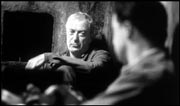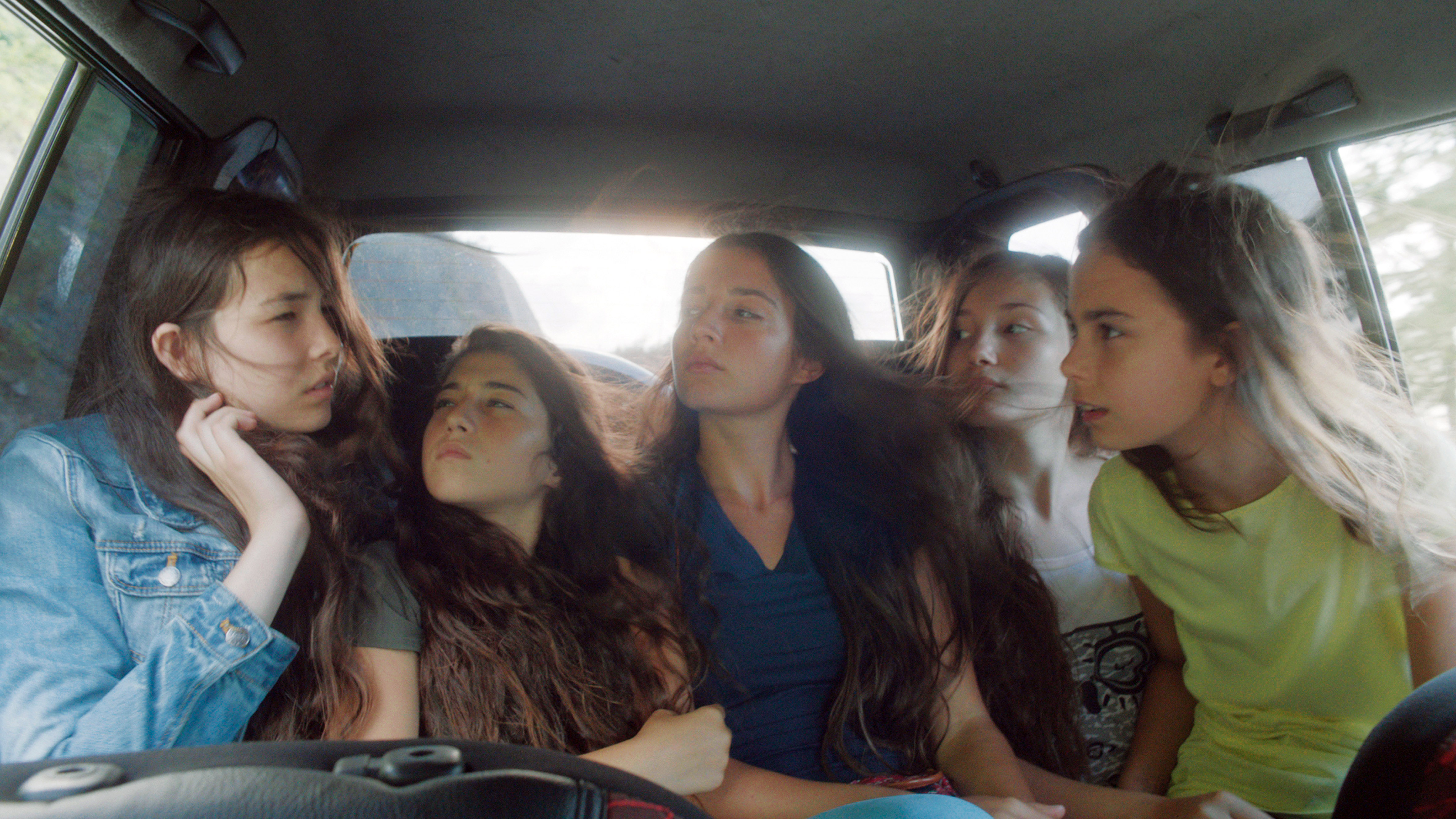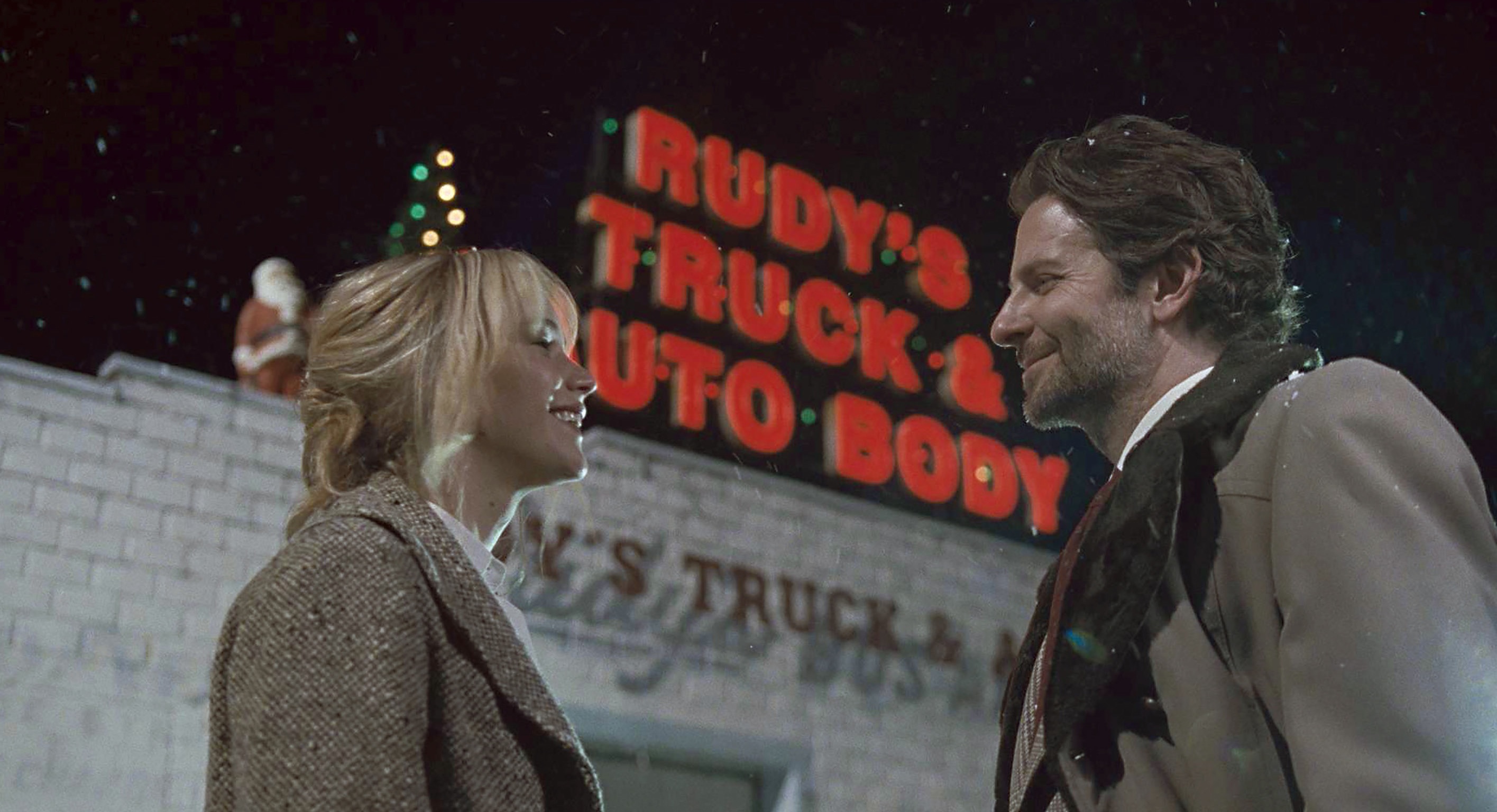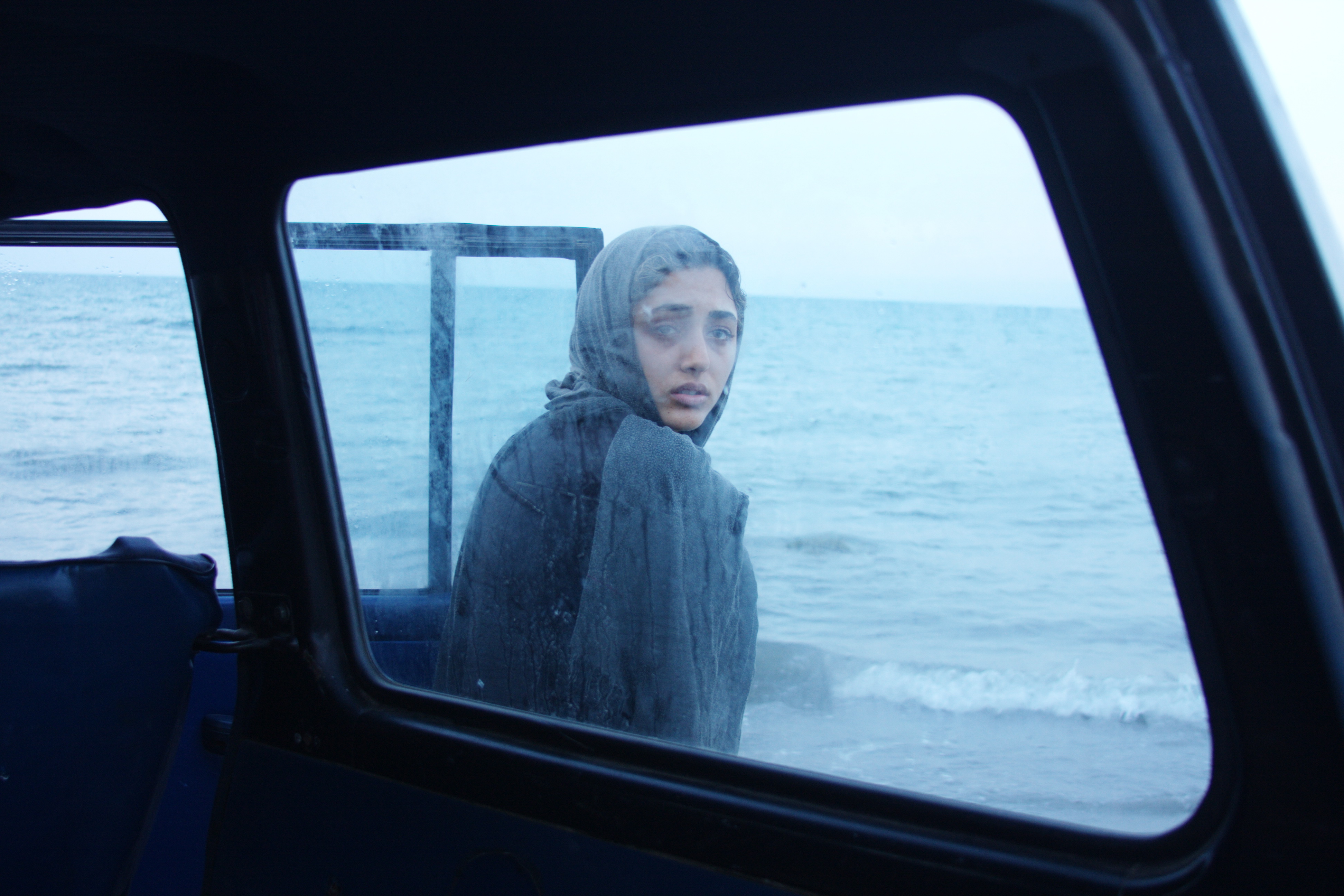Michael Caine is aging better than Graham Greene. In the second adaptation of Greene’s 1955 novel The Quiet American (which opens Friday, Feb. 7 at the Metro and other theaters), the 69-year-old actor delivers yet another excellent late-career performance as a veteran journalist willing to do anything to keep his much younger Vietnamese mistress. Granted, Greene is still relevant, since his novel skewers self-righteous U.S. meddling in dimly understood foreign locales (Bush Jr., take notes). In fact, the film’s release was delayed owing to Miramax’s post-9/11 qualms about American’s perceived anti-Americanism. But while you can find the same resentment and violence in today’s Middle East as in Greene’s Indochina, his musty, manly, scotch-sipping political debates haven’t kept pace with the world—the historical parallels only go so far.
Rogue states, cheap oil, and errant nuclear weapons are the issues of the day—not the Cold War ideology that we could “save” a country by destroying it. (Though the effect may be identical in Baghdad; motives may change while carpet bombing produces the same result.) In the era of Karl Rove, U.S. power no longer hides behind the fig leaf of any good intentions that I can see; instead, we just have naked unilateral self-interest. Maybe this movie feels a little stale because Greene’s characters are simply too smart and too literate to plausibly represent our government today. I sure can’t imagine their arguments over sin and utilitarianism taking place in the White House.
As a result, American is certainly topical but hardly incendiary. It’s a very solid, well-crafted film (thanks to the sure hand of Rabbit-Proof Fence director Phillip Noyce), one whose most enduring theme is how an old man is as young as the woman he loves.
POSTED IN ELEGANT colonial ’50s Saigon, lazy, self-satisfied newspaperman Thomas Fowler (Caine) files the occasional dispatch to London about the Communist insurrection against French occupiers (which lights up the nighttime sky like fireworks), but he saves his energy for his mistress, Phuong (Do Hai Yen). No one could blame him for that. She’s gorgeous, speaks passable English, and is devoted to him—though she’s aware that Fowler has a Catholic wife back in England who won’t grant a divorce.
All Greene novels are about sin, and Caine gives Fowler the contented look of a venal sinner who’s long past the need for Sunday confession. With Panama hat, tropical linens, and dark glasses, Caine is like one of those smug, ageless Palm Springs dandies with a young beauty wrapped in his arms. Yet behind those shades you sense something sad, magisterial, and weary about him—the shadow of a man who knows he’s coasting way below potential and scruple. And Fowler is content to coast—until a young rival for Phuong and ugly, inconvenient politics force him into mortal sin.
The man who ends up dead in the river, the “quiet American,” is a seeming do-gooder named Pyle (Brendan Fraser, equal parts altar boy and linebacker). He’s endlessly polite and ingratiating with Fowler (like George of the Jungle in a seersucker suit), making him an easy man to underestimate—just as audiences have been doing with Fraser (a former Cornish student) for years. As the Yank immediately falls for Phuong, Fraser fluidly conveys Pyle’s transformation from lug to lover, and his morphing into Dudley Do-Wrong is no less subtle and disturbing—like some innocuous American plant that turns poisonous in foreign soil. Fraser makes Pyle the jocular-yet-evil frat brother who will later initiate David Halberstam’s The Best and the Brightest innocents into the quagmire.
AS FOR PHUONG, she rather baldly symbolizes beautiful, inscrutable Vietnam itself in Greene’s outdated, patriarchal schema. (His is the era of Ian Fleming and 007—waiter, more bourbon!–where men discuss women like poker chips, objects to be wagered and won.) Working with the great Australian cinematographer Christopher Doyle (who also shot Rabbit-Proof and most of Wong Kar-wai’s films), Noyce does frame Phuong in a lovely scene where Do, a professional dancer, lithely performs Vietnamese choreography to a Western jazz record—two cultures made beautifully yet unstably one.
It seems weird at first that Noyce and Doyle repeatedly begin scenes using extended POV shots, then the device begins to make sense. Initially, Fowler only sees what he wants to see of Vietnam and its exotic charm (the opium also helps him maintain this illusion). Pyle’s perspective is no less limited, though darker. Then, in Phuong’s POV, both Fowler and Pyle almost appear the same in their Western privilege and romantic delusions; either man is preferable to her old life as a taxi dancer. She’s not a gold digger, but she’ll do what she must to survive. She’s the only one who sees things clearly.
Yet by the time Caine starts sleuthing around darkened factories like one of the Hardy Boys, conveniently stumbling upon clues that reveal the quiet American’s nefarious CIA plot (wow, there’s a big surprise), the movie begins to feel like a library book that’s 48 years overdue. Along with the novel’s plot, Greene’s dialectics—”Sooner or later, one has to take sides”—are now coated with the dust of history.
The reason is that there’s only one side now—you can be opposed to war in Iraq, but no one is siding with Saddam. We’re all against Al Qaeda and car bombs. It’s not that capitalism has won and Communism lost; it’s that all Greene’s wonderfully murky moral shades and nuances have been lost with that binary conflict. Greene is the master of the in-between, the margin, the unpoliced border. He’s a brilliantly subtle writer no longer suited to a world without subtlety.
Maybe that’s why I found the most convincing political sentiment in the film comes after Pyle indignantly scolds Fowler about his intentions for Phuong, “I trusted you!” The journalist replies, “Always a mistake when there’s a woman involved.”









